The Heart of Filipino Food in Barrio Feasts
10 min read Explore how barrio feasts embody the soul of Filipino culinary heritage through vibrant flavors and community traditions. September 26, 2025 15:05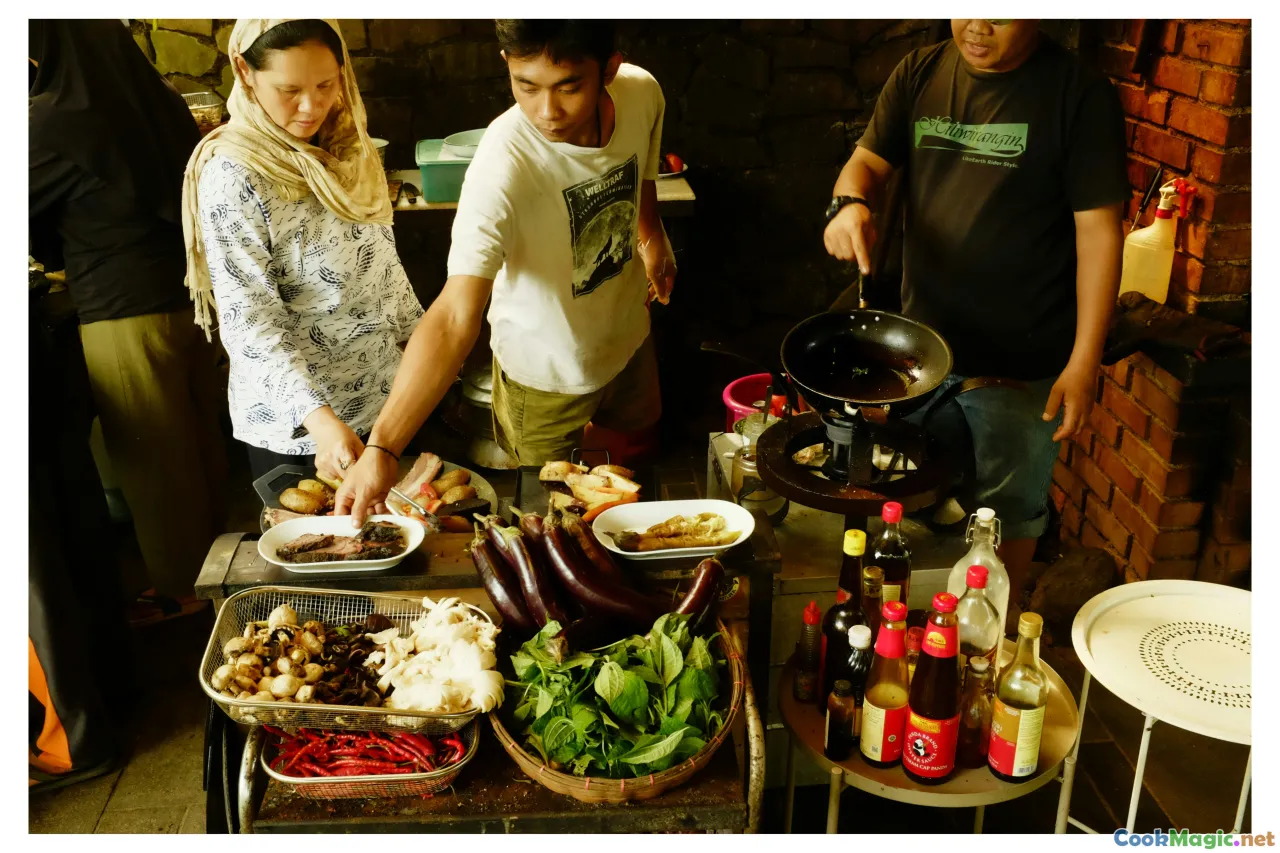
The Heart of Filipino Food in Barrio Feasts
Imagine strolling through a sun-drenched Filipino barrio, where every corner of the community bursts into life with vibrant colors, tantalizing aromas, and a symphony of sounds. It’s in these lively neighborhoods—serving as living classrooms of Filipino culture—that the soul of Filipino cuisine truly manifests. Here, in the heart of barrio feasts, the essence of Filipino identity, history, and community converge on long wooden tables laden with shared dishes, forging bonds stronger than words.
In this journey through barrio feasts, we delve into the rich culinary tapestry that defines Filipino food—an honest, heartfelt expression that transforms simple ingredients into profound stories, memories, and traditions.
The Cultural Tapestry of Barrio Feasts

Filipino barrio feasts are more than mere gatherings—they are expressions of resilience, unity, and ancestral heritage. These communal celebrations often coincide with fiestas honoring patron saints, local harvests, or historical milestones. They weave together regional flavors and age-old recipes, creating a culinary mosaic that reflects the Philippines' complex history of indigenous roots, Spanish colonization, and Asian influences.
Walking into a barrio during a fiesta, the air is filled with aroma of grilled seafood, marinated meats, and sticky rice sweets. Decorations — vivid banderitas and floral arrangements — set a festive tone that invites everyone, regardless of age or background, to partake and share in these collective memories.
Core Dishes That Define the Heart of Filipino Barrio Feasts
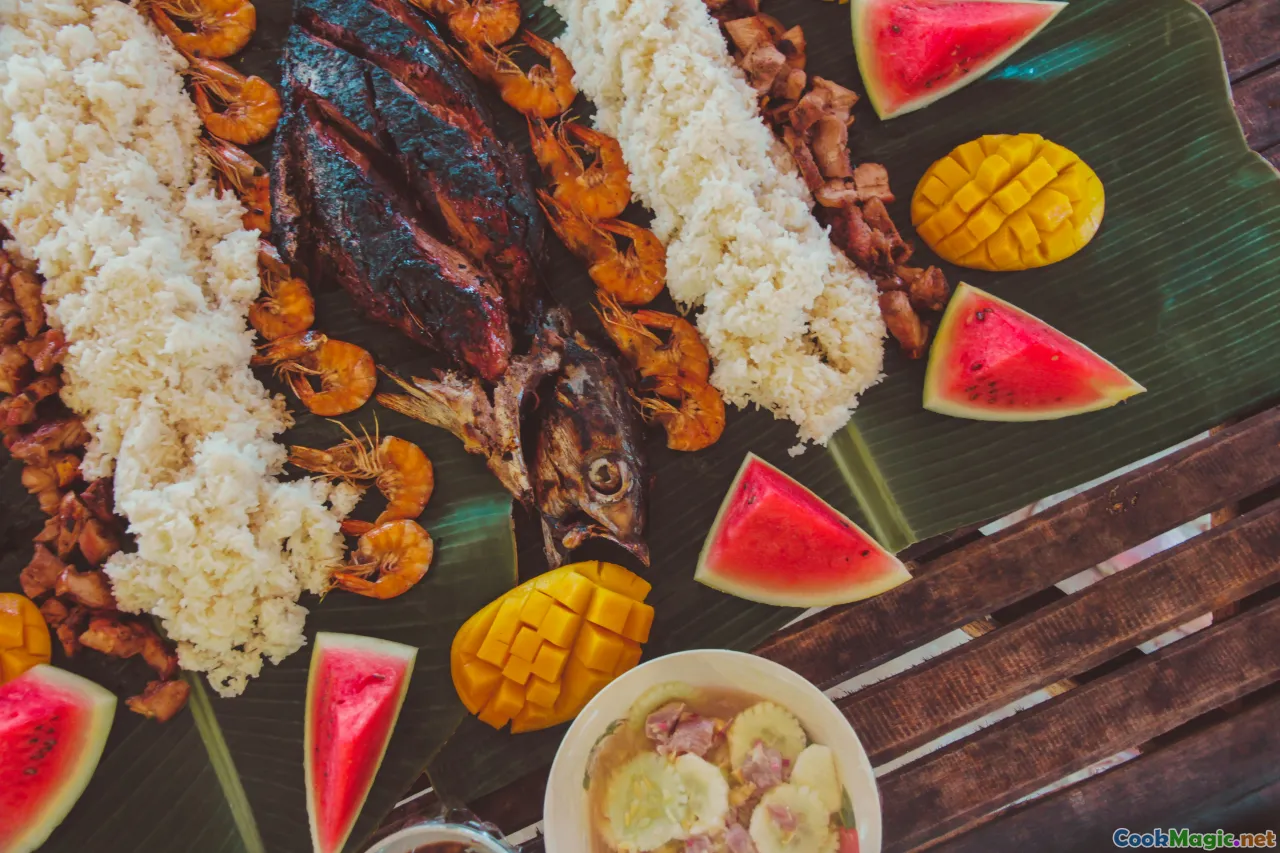
What makes a Filipino feast truly emblematic are the dishes that represent generations of traditional cooking techniques.
Lechon: The Crown Jewel
Lechon—a perfectly roasted whole pig—is the undisputed star of any Filipino fiesta. The crispy, golden skin crackles under the bite, giving way to tender, juicy meat infused with smoky spices and garlic. As a centerpiece, lechon is more than food; it’s a symbol of celebration, a shared spectacle that embodies community effort—from charcoal lighting to personalized sauce concoctions.
Adobo: The Filipino Soul Food
No discussion of Filipino cuisine is complete without adobo. This tangy, savory stew combines vinegar, soy sauce, garlic, and bay leaves, simmered until tender. When served alongside steaming white rice, it transforms a simple meal into a comforting embrace—a dish that evokes nostalgia with every bite.
Pancit: Threads of Tradition
Noodle dishes like pancit bihon or canton are staples at any festa, representing long life and prosperity. Tossed with vegetables, meats, and sometimes an squeeze of calamansi, pancit is a colorful, savory thread weaving through generations of family gatherings and festivals.
Halo-halo: A Rainbow of Flavors
Filipino desserts—particularly halo-halo—embody the playful, colorful spirit of barrio celebrations. A layered medley of crushed ice, sweetened beans, jellies, fruits, and topped with evaporated milk and a scoop of ube ice cream, halo-halo refreshes both body and soul amid the tropical heat, evoking a sense of joy with every spoonful.
The Personal Stories Beneath the Dishes
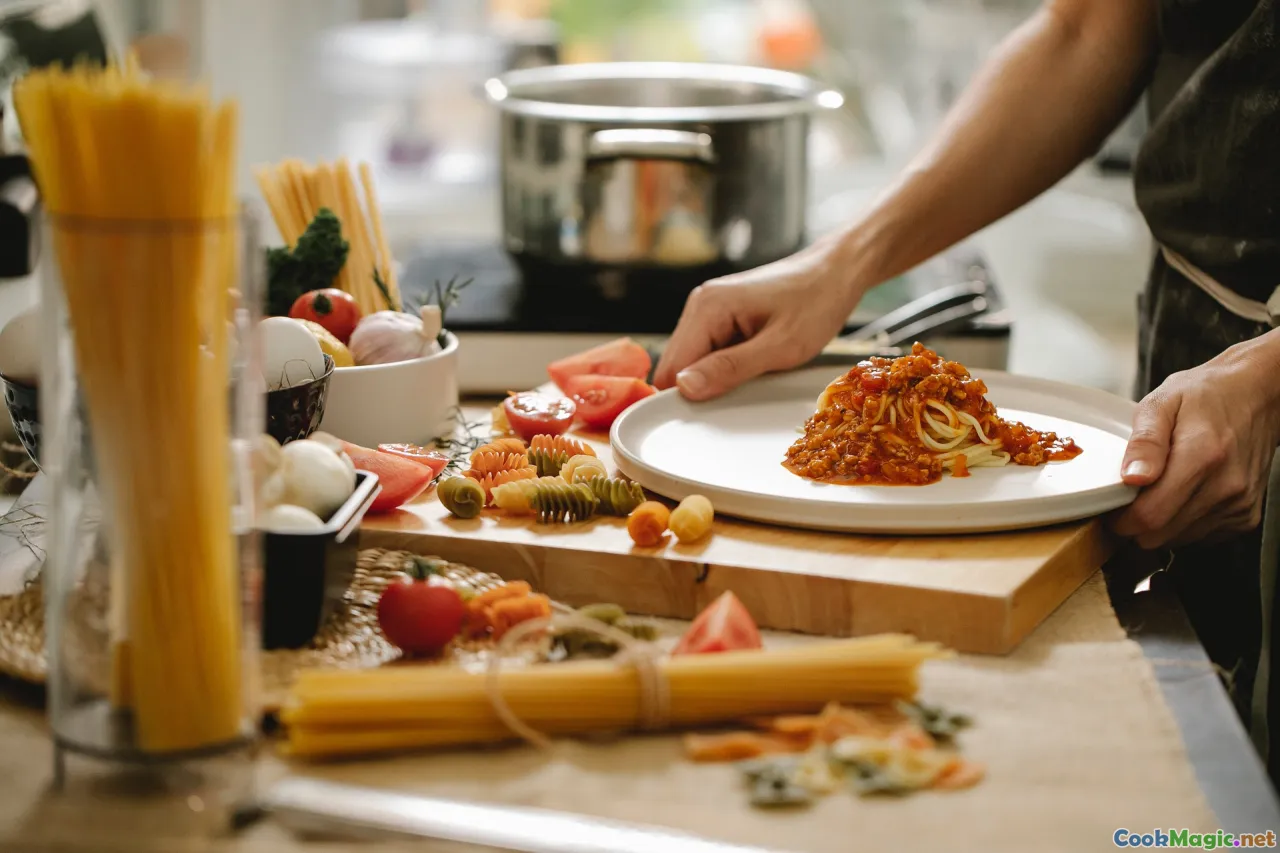
Central to barrio feasts are the stories woven into every recipe—passed down from grandparents, aunts, and uncles. Cooking in Filipino households isn’t merely about putting food on the table; it’s a ritual of remembrance.
Consider Lola Maria from a small barangay in Cebu, whose adobo is legendary. She meticulously adds a splash of coconut vinegar, believing it brings out the dish's depth. Her story is embedded in each spoonful—an act of preserving a familial legacy amid the bustling noise of the neighborhood.
Similarly, young cooks learn from seasoned hands during community cooking events, where techniques like wrapping rice in banana leaves for suman or grilling fish over wood coals become treasured lessons of cultural transmission.
The Role of Food in Building Community
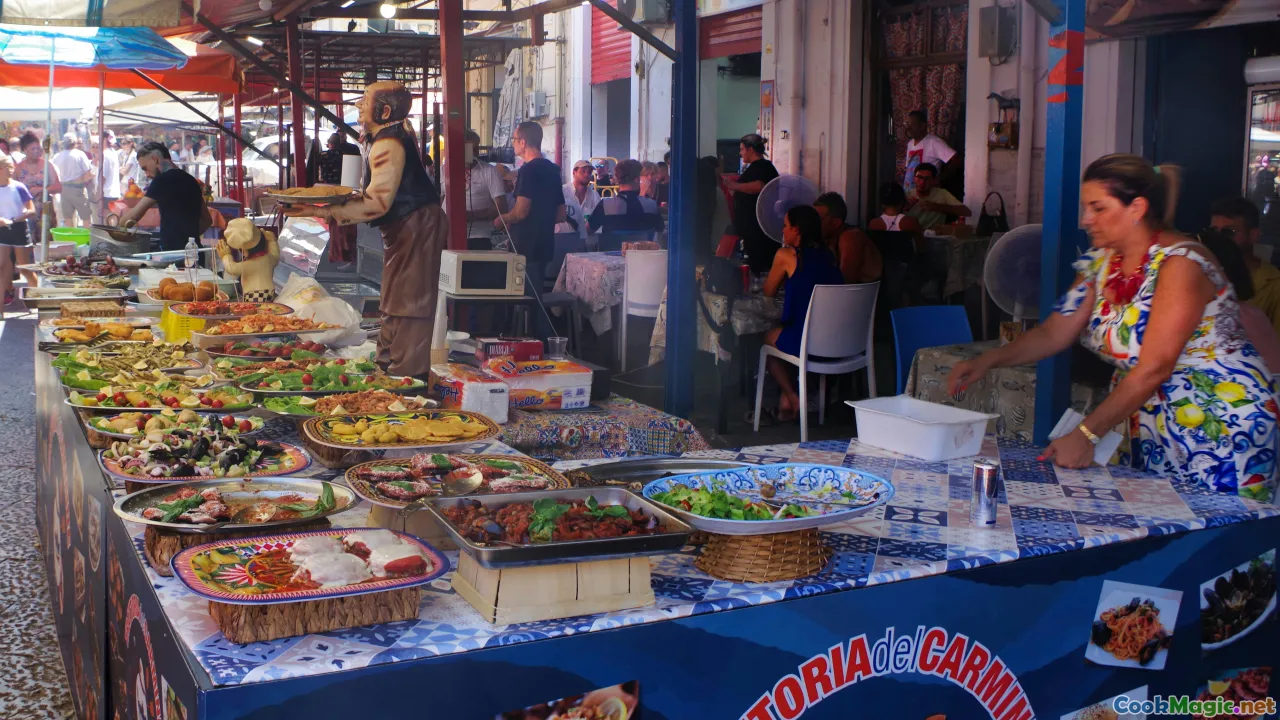
In Filipino culture, food is a bridge—about sharing, caring, and unity. Barrio feasts exemplify this, transforming cooking and eating into communal acts. A neighbor’s recipe becomes a community project, everyone pitching in—grilling, marinating, setting up tables.
Street vendors cackle as they pass by, offering warm pans of puto or freshly made espasol, making the feast accessible and spontaneous—a true reflection of Filipino bayanihan spirit.
During festivals, it’s common to see families and strangers alike breaking bread together beneath the canopy of lanterns, stories flowing as freely as the balut eggs and lumpia that line the long tables. It is in these moments, surrounded by familiar flavors and faces, that Filipino identity animates itself—resolute and resilient.
How to Recreate Barrio Feasts at Home: An Insight
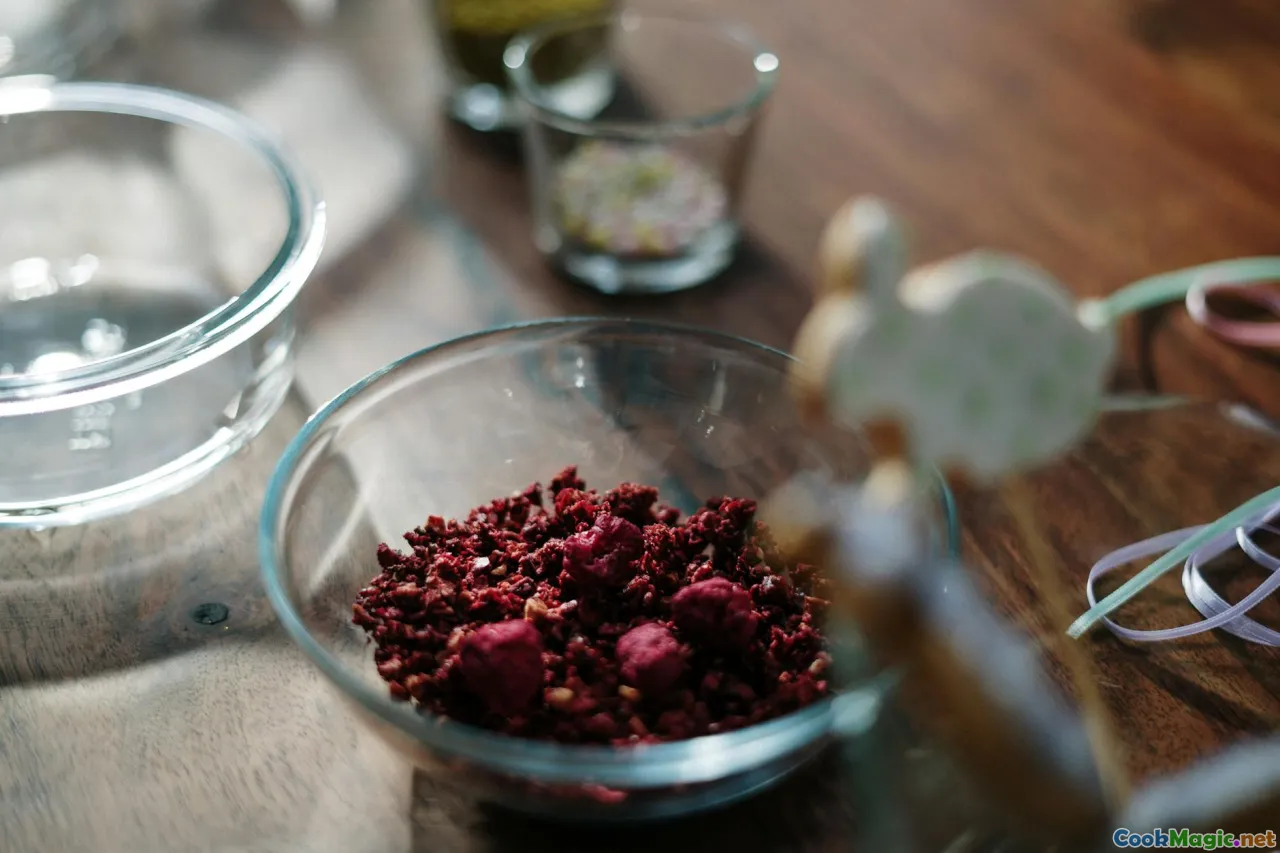
While barrio feasts are rooted in community and geography, their essence can be recreated in the home kitchen with intent and respect for tradition.
Start with the Basics
Sourcing authentic ingredients is key—fresh calamansi, premium soy sauce, coconut vinegar, and locally sourced meats or seafood. Visit Filipino markets or Asian grocers to find these essentials.
Cook with Heart
The secret to Filipino dishes lies in patience and seasoning. Whether it’s braising pork for adobo or slow-roasting a whole chicken for roasting, slow cooking allows flavors to deepen and time to imbue dishes with love.
Share Beyond the Kitchen
Create a festive atmosphere—set the table with colorful placemats, decorate with native accents, and invite family or friends over. Sit together, share stories, and let the food be the starting point of connection.
Explore Regional Variations
Filipino cuisine varies across regions—Bicol’s spicy Bicol Express, Ilocano pinakbet, or the sweet tamarind of Pangasinan—each adding unique layers to your culinary repertoire.
Reflecting on the Future of Barrio Feasts
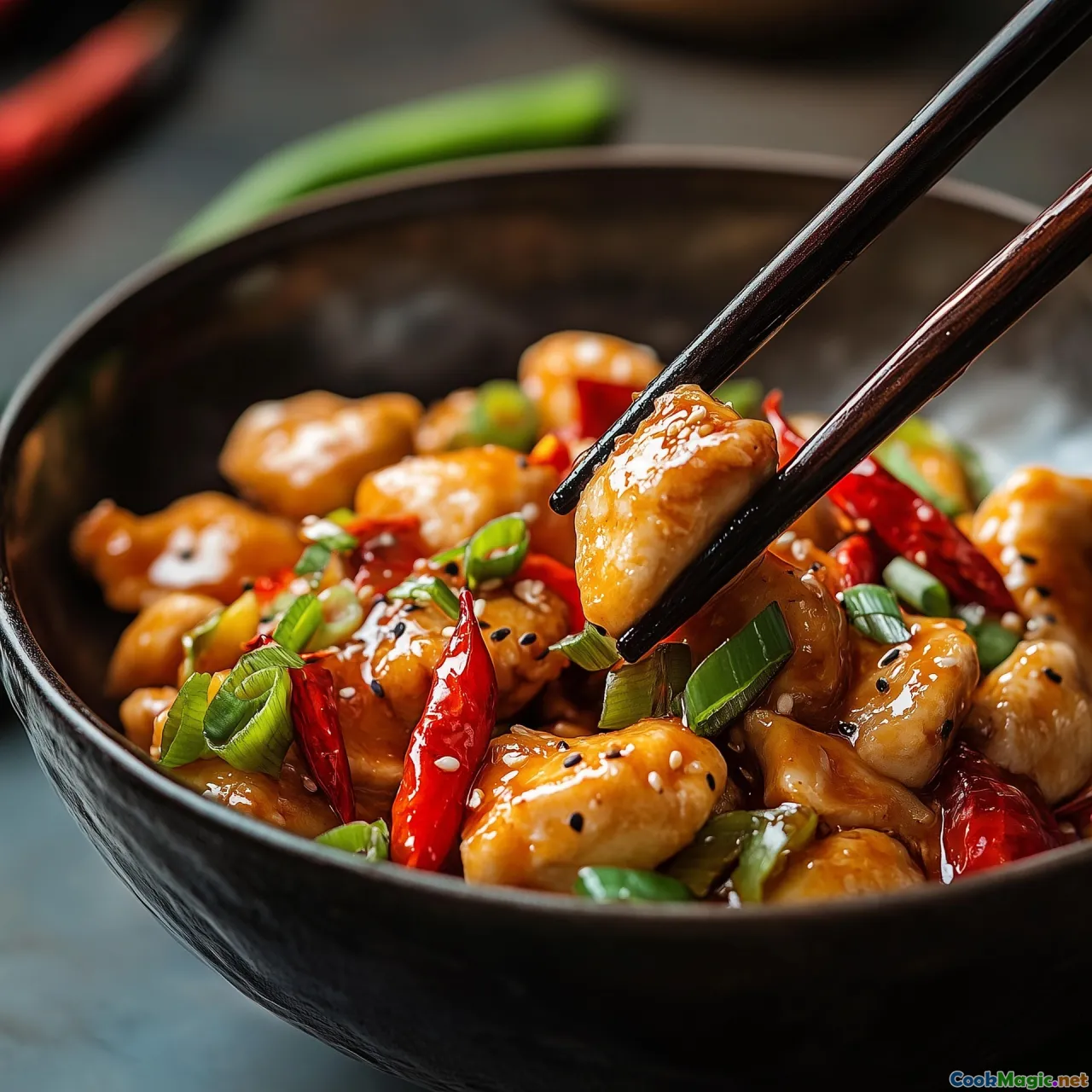
As Filipino communities worldwide grow and evolve, so does their gastronomic expression. Urban neighborhoods host street food festivals that fuse traditional recipes with modern twists—sushi-inspired despues, or Filipino-inspired burgers.
However, the core values remain: a celebration of shared identity through food, a conduit for stories and history. In restaurants and home kitchens, a conscious effort to preserve endangered recipes and traditional methods ensures that barrio feasts—and the heart of Filipino food—continue to thrive.
In the end, barrio feasts are more than just meals; they are living festivals of culture, community, and memory. They remind us that the soul of Filipino food resides in the smiles shared over a plate, the stories told with each serving, and the bonds that endure across generations. Each bite is a heartbeat—a pulse that keeps Filipino culture vibrant and resilient, a testament to a community’s enduring spirit.
Let this exploration inspire you to seek out, appreciate, and maybe even host your own barrio feast, celebrating the beautiful, soulful heart of Filipino cuisine wherever you are.









